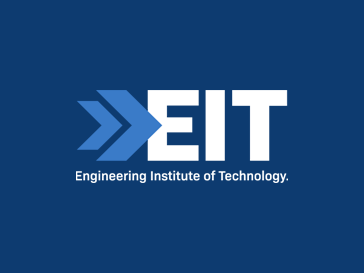Dear Colleagues
1. First of all - thanks for the further stream of comments/corrections and additions to the engineering safety document. I will acknowledge everyone shortly and we will update this booklet by late next week.
2. As engineers and techies we are required on a daily basis to stretch ourselves - engineering skills/know-how/designs/installation works/costs (and judging by last week's comments – safety). But what amazes me is the one area that is critical to all of us and yet still lurches along with only small improvements - battery technology. This is despite the technology being around since the early 1800's, thanks to Volta. Essentially a battery is made up of one or more cells, each with a negative and positive electrode, kept apart by conductive electrolyte that allows ions to travel between them. Rechargeable batteries make up two-thirds of the world battery market (56 billion dollars)
The first rechargeable battery (lead-acid) was invented by Plante in 1859 and is still much used today. In the early 1900's an electric car was a common sight, but they could not compete, on range, with the noxious, petrol driven ones. Nickel Cadmium batteries arrived in the 1900's and were used where more power was required. Lead acid and nickel-cadmium cells still dominate the market today as they are more cost effective even though they can't store as much energy, per weight, as the newer technologies. Nickel-metal hydride batteries have been in the market place since 1989 and store about twice as much energy as a lead-acid battery for a given weight. Lithium-ion is composed of the lightest metal and can thus store more energy than other metals.
Modern phones and laptops are using cobalt oxide as the positive electrode, but as it is so reactive it is not suitable for hybrid or electric vehicles. Manganese can be used, but this stores less energy and has a shorter life. Instead of cobalt oxide, iron phosphate is cheaper, safer and more environmentally friendly. It is not easy to predict which lithium ion will prevail. Between now and 2015, estimates suggest that the worldwide market for hybrid-vehicle batteries will more than triple to $2.3billion.
Perhaps we need to devote more resources and thought to this critical research - as Albert Einstein remarked: "It's not that I'm so smart; it's just that I stay with problems longer". Batteries need the same attention and improvement as computer chips – the latter have doubled their performance, every two years, for decades now. Perhaps climate change and high oil prices will finally give research the incentive.
Thanks to The Economist for their input here.
Yours in engineering learning
Steve
